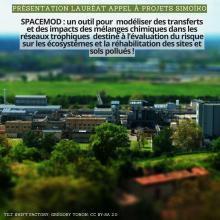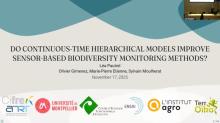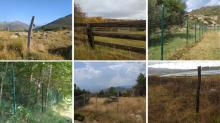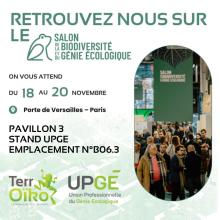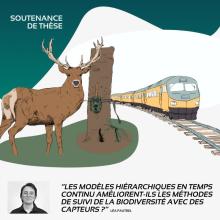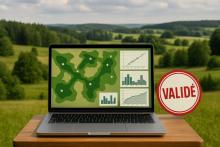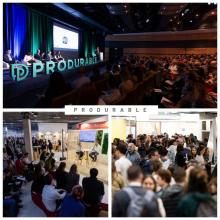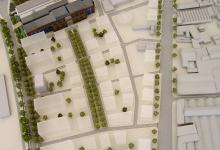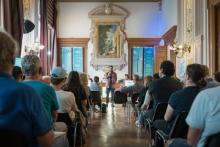Virgile uses SimOïko as part of SPACEMOD, an ambitious research project funded by ADEME (IMPACTS 2023 program) and coordinated by the University of Burgundy Franche-Comté.
This project (2024–2028) aims to develop a spatially explicit tool for modeling the transfer and impact of chemical mixtures in food webs for the purpose of ecosystem risk assessment (ERA) and the remediation of polluted sites and soils (SSP) and, more generally, any type of site contaminated by chemicals.
